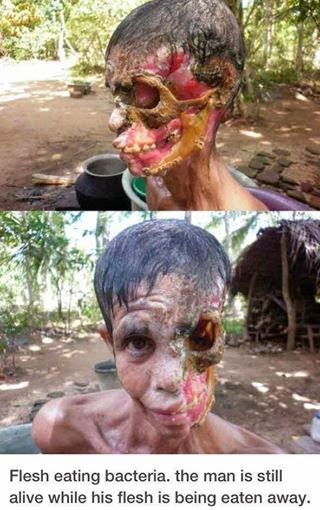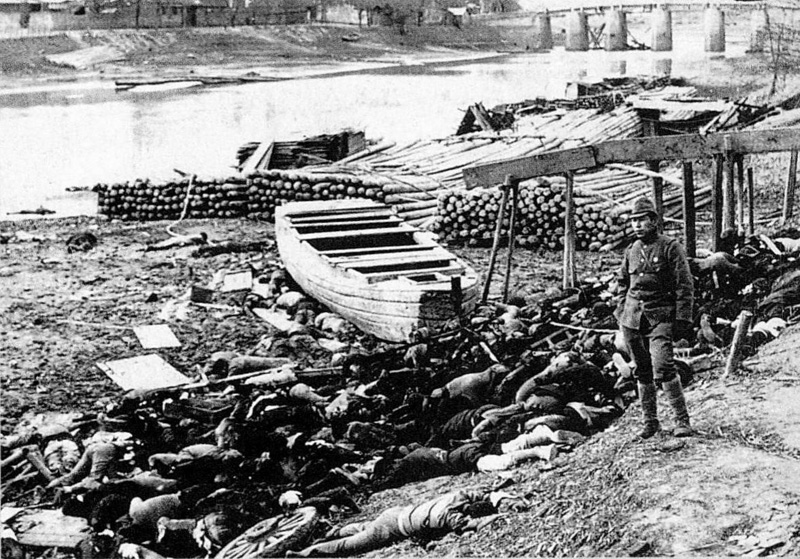Their first concern was to eliminate any threat from the 90,000 Chinese soldiers who surrendered. To the Japanese, surrender was an unthinkable act of cowardice and the ultimate violation of the rigid code of military honor drilled into them from childhood onward. Thus they looked upon Chinese POWs with utter contempt, viewing them as less than human, unworthy of life.
The elimination of the Chinese POWs began after they were transported by trucks to remote locations on the outskirts of Nanking. As soon as they were assembled, the savagery began, with young Japanese soldiers encouraged by their superiors to inflict maximum pain and suffering upon individual POWs as a way of toughening themselves up for future battles, and also to eradicate any civilized notions of mercy. Filmed footage and still photographs taken by the Japanese themselves document the brutality. Smiling soldiers can be seen conducting bayonet practice on live prisoners, decapitating them and displaying severed heads as souvenirs, and proudly standing among mutilated corpses. Some of the Chinese POWs were simply mowed down by machine-gun fire while others were tied-up, soaked with gasoline and burned alive.
After the destruction of the POWs, the soldiers turned their attention to the women of Nanking and an outright animalistic hunt ensued. Old women over the age of 70 as well as little girls under the age of 8 were dragged off to be sexually abused. More than 20,000 females (with some estimates as high as 80,000) were gang-raped by Japanese soldiers, then stabbed to death with bayonets or shot so they could never bear witness.
Pregnant women were not spared. In several instances, they were raped, then had their bellies slit open and the fetuses torn out. Sometimes, after storming into a house and encountering a whole family, the Japanese forced Chinese men to rape their own daughters, sons to rape their mothers, and brothers their sisters, while the rest of the family was made to watch.
Throughout the city of Nanking, random acts of murder occurred as soldiers frequently fired their rifles into panicked crowds of civilians, killing indiscriminately. Other soldiers killed shopkeepers, looted their stores, then set the buildings on fire after locking people of all ages inside. They took pleasure in the extraordinary suffering that ensued as the people desperately tried to escape the flames by climbing onto rooftops or leaping down onto the street.



 If i could read more of these fakkits getting tortured in prison i would sleep better at night
If i could read more of these fakkits getting tortured in prison i would sleep better at night







